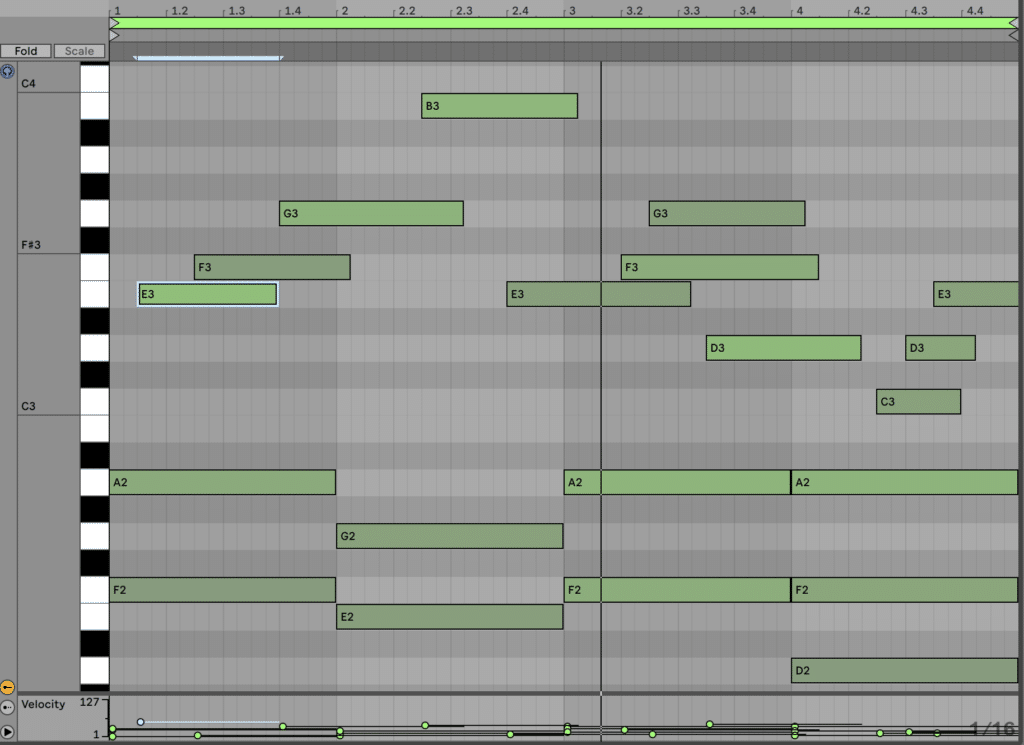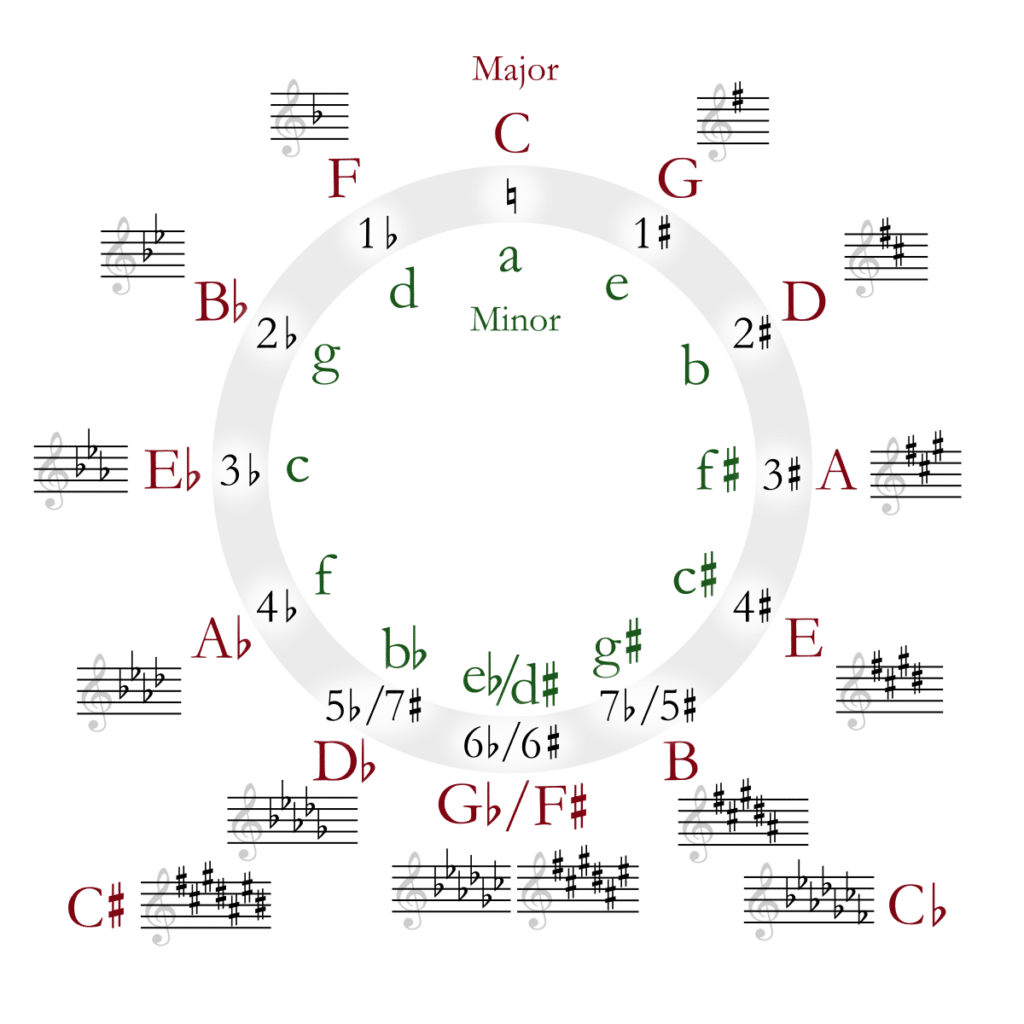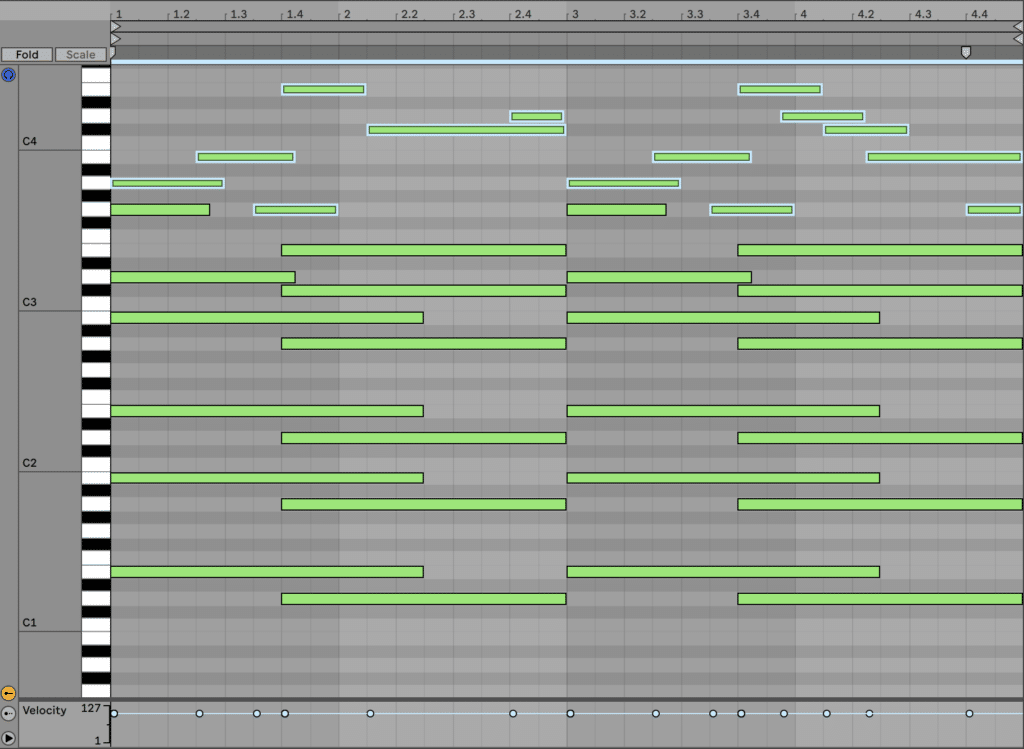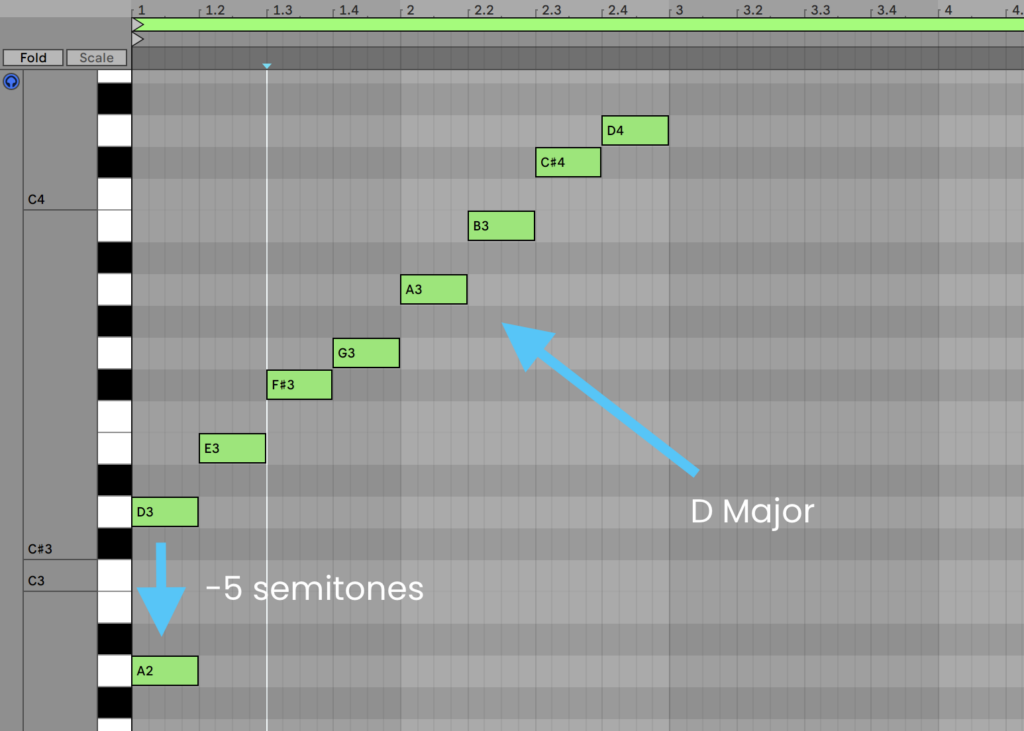Ever heard of the Lydian mode? Or the Lydian scale? ?
Likelihood is in case you’re right here, you could have. However you’re undecided easy methods to write music utilizing it.
There’s a cause many artists throughout genres and kinds (notably in jazz-influenced music) have used it so as to add that additional splash of coloration of their tunes.
So on this information, we’ll cowl all the things you could know concerning the Lydian mode, together with:
- the simple approach to write within the lydian mode (regardless of which key you’re in)
- a few of my favorite methods to jot down riffs utilizing it
- examples of songs utilizing the lydian mode
- why the lydian mode sounds so nice but fascinating (compared to different modes)
…and an entire lot extra.
Let’s begin with the fundamentals – what’s a mode? ?
So, what precisely is a ‘mode’?
You may be acquainted with the idea of a scale or key.
Usually these consist of seven notes which you can select from to jot down melody, concord, and chords.
Every scale has a ‘root’ observe that appears like house. For instance, C Main has C as a root. Listed here are all of the notes in C Main:
C D E F G A B
Here’s a melody instance utilizing these notes:
Sounds good, proper?
What a mode does is actually modifications the place that house is.
If we take the C Main scale and begin it at F as an alternative, we get this:
F G A B C D E
It is a Lydian mode. Let’s write a melody line with this over an identical chord development:

It sounds cool, however has a barely totally different temper, proper?
It is a mode – particularly the Lydian mode.
There are a lot of others relying on which notes of the most important scale you begin on.
In truth, the default main scale is known as the Ionian mode. Then for every observe up the size you will have:
- Ionian (1)
- Dorian (2)
- Phyrigian (3)
- Lydian (4)
- Mixolydian (5)
- Aeolian (6)
- Locrian (7)
As you may need figured, Lydian is likely one of the commonest. However why?
Why does Lydian sound so good?
Lydian sounds good due to a easy idea: the circle of fifths.

If we’re in a sure main key, and we transfer a fifth up or down that scale, we arrive at a brand new key.
(Additionally, transferring the fourth down is similar as a fifth up, and a fifth down is similar as a fourth up. Complicated, however vital.)
When you’re a DJ, that is the place the Camelot system comes from:

This new key sounds just about the identical because the earlier one, aside from a one-note distinction.
So in case you’re in C Main and head as much as G Main (a fifth), you’ll be utilizing just about the identical notes.
Besides F now turns into F#.
However in case you stored that F the identical, you’d be within the Mixolydian mode. Mixolydian is kind of much like Lydian however sounds a little bit totally different.
We’ve coated the Mixolydian mode in a monitor breakdown earlier than – you’ll be able to verify that out right here.
Let’s do one other instance – this time for the Lydian mode.
Think about the identical however you’re doing down a fifth to F Main. All the things is similar besides you now have a Bb as an alternative of a B.
However in case you stored the B, you’d be within the Lydian mode. This sounds similar to C Main, nevertheless it kinda additionally appears like F Main.
Spooky, proper?
However this harmonic ambiguity is highly effective in relation to making tunes that sound distinctive. So let’s see how the Lydian mode is used.
Two frequent methods to ‘get to’ the Lydian Mode
Up to now we’ve coated what the Lydian mode is, and we’ve sorta dived into one of many strategies of utilizing it.
However how and precisely when do you wish to use it?
Turns on the market are two methods to consider this.
Let’s check out each.
Technique #1: Write the entire track in Lydian
The easy approach to bear in mind the Lydian mode for any key’s to easily deal with the fourth observe of that main scale as the brand new house.
Let’s do one thing in D Main, which has the notes:
D E F# G A B C#
So to make use of the Lydian mode, we’d be beginning at G, making it G Lydian:
G A B C# D E F#
Let’s compose a fast melody and chord development utilizing this course of:

As you’ll be able to hear, this piano development has fairly a ‘whimsical’ tone to it.
Now, this works properly in case you’re writing an entire track within the Lydian mode, otherwise you’re writing a melody that has a ‘Lydian’ really feel.
However what if you wish to quickly swap issues up, however keep in a serious/minor key?
Technique #2: Use Lydian just for an impact
Whereas it’s enjoyable to jot down a complete track in Lydian, it’s typically solely used as a brief impact, whether or not for a single chord or for a bit.
That is usually known as ‘modal interchange’. Right here’s an awesome video from Music with Myles that explains this idea:
Usually, modal interchange within the case of the Lydian mode retains the basis observe the identical however modifications the notes. This is a bit more enjoyable as a result of we go outdoors of our steady key for this impact.
Let’s follow the above instance in D Main.
D E F# G A B C#
However as an alternative of utilizing G Lydian (which is up a fourth), we wished to make use of D Lydian for a B-section, conserving the basis observe (D) the identical.
How do you do that?
Effectively, it’s a must to work out what the unique Ionian (main) mode of that scale is. We will depend down 5 semitones from the basis to determine this out.

It is because we all know that the Lydian mode begins on the 4th observe of a serious scale.
Within the case of the D Lydian mode, we are able to see that A Main is the unique main key.
A B C# D E F# G#
So D Lydian would have the identical notes as A serious, however beginning at D.
D E F# G# A B C#
As you’ll be able to see, the one distinction from D Main is the G# as an alternative of the G. This provides color to our music that wasn’t there earlier than, particularly if you’re transferring between D Main and D Lydian.
Right here’s an instance of a chord borrowed from the D Lydian mode inside a D Main chord development:

The additional chord provides that good little bit of coloration to an in any other case customary D Main chord development.
Let’s hear how these two strategies are utilized in actual, launched music.
Music that makes use of the Lydian Mode
It’s all properly and good to know an idea. However it’s one thing else fully to listen to professional music producers utilizing it of their tunes.
So let’s have a look at 3 totally different examples throughout digital music:
- Andrew Bayer – As soon as Lydian
- Bjork – Probably Possibly
- LSB – Lydian (ft. Millie Watson)
Andrew Bayer – As soon as Lydian (Progressive Home)
This track used the Lydian mode a lot it made it into the track title!
The primary a part of this track that makes use of Lydian can be the chord development. In the important thing of F# Minor, the chords use a Lydian really feel the place they by no means fairly return to the F# minor chord.
However when writing in a minor key, it’s a must to think about that technically you’re already writing in a mode.
The Minor scale is definitely the Aeolian mode, which is the mode beginning on the 6.
To get to Lydian, all you could do is transfer two notes down the size. On this case, it’s D Lydian.
Bjork – Probably Possibly (Pop/Chill/Indie)
Björk has all the time been identified for her sturdy musicality and skill to infuse digital parts right into a pop/jazz context.
On this case of Probably Possibly, she makes use of a Lydian scale within the verses. This creates a pleasant harmonic interplay with the chord development, and a gentle sense of unease (particularly because the refrain makes use of a minor scale).
LSB – Lydian (ft. Millie Watson) (Drum & Bass)
Yep, one other track with Lydian within the title. It additionally occurs to be one among my favourite Drum & Bass songs.
This time, the chord development makes use of a Lydian mode (E flat Lydian), with the A creating a way of harmonic stress (as A just isn’t in E flat main). This offers the chords a heat really feel and provides it a definite distinction from different tunes written in main or minor scales.
There’s additionally a stunning scale run within the piano melody from D to G, flowing down via the Lydian scale. This sort of run is frequent in songs utilizing Lydian, because it highlights the coloration that the mode brings.
Past Lydian
As you’ll be able to think about, modes, usually, are very helpful methods to create distinctive melodies and songs.
So why not attempt different choices like Mixolydian and Dorian?
When you’re wanting to enhance your total music idea, be certain that to take a look at the Music Principle TL;DR information:
Any questions? Missed one thing? Flick me an electronic mail at [email protected].
